Jai Bhim: A narrative of downtrodden and the voice of the voiceless
Deivendra Kumar is a Research Scholar at the Department of Communication, University of Hyderabad.
Films based on police brutality and rampages are not new for Tamil cinema and its audiences. In contemporary times, we have witnessed such plots in films like Oscar-nominated Visaranai (2015) directed by Vetrimaaran, Kaavalthurai ungal Nanban (2020) directed by Ranjith Manikandan, and recently Karnan (2021) directed by Mari Selvaraj. Apart from these recent films, there are other films from the last three decades which subtly showcase such ruthless police brutality and custodial death as popular, star-centric, and commercial films. Films like Saamy (2003), Khakha Khakha (2003), Pokkiri (2007), Singam (2010), Theri (2016), Nibunan (2017), Ayogya (2019), and Darbar (2020) showcase a glorified portrayal of various episodes of police brutality, encounters, and custodial deaths in big screens. Exceptionally, Jai Bhim – the film we are going to discuss about, has portrayed both vile sides of police brutality happened to Rajakannu and violence as well as its judicial justice for this lockup death case at Cuddalore.
Jai Bhim, set in 1995, is a courtroom drama and an investigative thriller directed by Tha. Se. Gnanavel. It was released recently on Amazon Prime starring Suriya, Rajisha Vijayan, Manikandan, Lijomol Jose, and Prakash Raj in the major roles. The film is a hard-hitting representation of the role of power domination unleashed over the oppressed and marginalized sections of people. It is also loosely adapted from a real-life incident of three Irular (Scheduled Tribe) men who were arrested for an alleged theft case in 1995 is very clearly documented in the film.
The film revolves around the arrest of Rajakannu (role played by Manikandan) and two of his companions named Mosakutty and Iruttappan. Followed by the custodial death of Rajakannu, the fight of his wife Senganni (role played Lijomol Jose) for the judicial justice for her husband’s lockup death with the help of Advocate Chandru (role played by Suriya) an anti-caste and pro-justice lawyer is the rest of the story.
Right from the beginning of the film, the reality of casteism that exists in society was clearly manifested. Overall it portrays the system of social stratification, stigma, and social exclusion associated with Irulars and other marginalized communities around us. It also represents the role of dominant and intermediate power holders at the authoritarian level who enjoy a better condition by exploiting, victimizing, enacting, and exerting power and dominance over the oppressed and downtrodden sections of people.
Jai Bhim: An untold story of 1993 Cuddalore lockup death case
The entire film was inspired by a real incident that took place in Muthanai village near Kammapuram of Vridhachalam Taluk in Cuddalore district of Tamil Nadu in 1993. The people of Muthanai village belong to the Kuravar tribal community, mostly engaged in knitting baskets, and have lived there since 1970. They also engage in hunting, rearing, and archery in their early times. Later in the mid-90s, they began to work on the paddy field as laborers along with their traditional occupation. In the March of 1993, the Kuravar community moved to Gopalapuram village near Kammapuram village as paddy field laborers. As they returned from Gopalapuram, a gold theft happened there, and people of the village alleged the thieves were the people of the Kuravar community. Following a police complaint (Crime No. 107 of 1993 under sections 457 and 380 I.P.C – 20.03.1993), the tribal people were interrogated with severe torture in the police station.
During interrogation, Rajakannu, his brother, sister, and brother-in-law were brutally tortured by the police to forcefully demand them to accept the crime of alleged police charges. They all denied and Rajakannu was very severely tortured, beaten, and injured in the police attack. The very next day, the police personnel arrived at the tribal community and informed the family of the arrested men that Rajakannu and two of his companions had escaped from the jail. Then police warned them to inform police if the escaped men come back to their settlement. But Parvathy (Rajakannu’s wife) was very sure that there was no chance to escape from the jail as they were severely injured and physically unable to escape. Certainly, Parvathy doubted that the police had done something bad, and that had happened inside the Jail. By seeking the help of Cuddalore Marxist Communist Party local body leaders, a complaint was raised about the missing people to the Deputy Superintendent of Police (DSP) and even to the district collector.
Since no action was taken on the given complaint in 1993, the Marxist Communist Party staged a series of protests demanding a judicial inquiry pointing out that “Rajakannu was beaten to death (killed) during the police interrogation”. However, it took several days for the case to reach court (S.C. No. 183 of 1995). At that time, the Advocate in the Chennai High Court was Justice K. Chandru. With the help of him, the affected members of the tribal people testified in the case in the Chennai High Court with his accomplice that the case of the trio, including Rajakannu, was being investigated. They told the court about the false allegations and false case charges being made against them by the police.
In 1996 (after the end of AIADMK rule) Chennai High Court issued an interim judgment. As per the judgment, the government has been ordered to provide 3 cents of land and Rs. 2.65 lakhs as a relief amount to the affected families. In addition, the CBCID inquiry was conducted as per the order of the Chennai High Court in this case. During the CBCID investigation, an unidentified body of a man was found near Meensurutti, a village on the way to Kaattumannarkoil from Jayamkondan in Ariyalur district. It was revealed that Rajakannu had been found dead and had met with an accident with traces of his body and was taken to a government hospital. Upon further investigation of this significant clue, the found dead body was identified as Rajakannu. After identifying the dead body, the missing person’s case changed to a murder investigation.
The first hearing of this case was held at the Cuddalore court and later in Virudhachalam fast track court, where it was proposed to the court that Rajakannu had been beaten to death by the police at the police station. At the same time, police had threatened the witnesses as well. Therefore, they were also to be punished under Section 354 of the Indian Penal Code (IPC). Although the case was started as a Habeas corpus petition, and its trial began in two sessions, some of the convicts were acquitted on appeal in the filed case (SC. 183) of 1995. However, additional charges were filed by the CBCID in 1997 (S.C No.150 of 1997) and the trial of that case was linked to the earlier 1995 case. After the hearing, Justices R. Balasubramanian and A. C. Arumugaperumal Adityan delivered judgment in the Rajakannu case in 2006.
On 20-3-1993 Rajakkannu was falsely accused of stealing jewelry. His wife (witness-1) sister (witness-6) and brother-in-law (witness-3) were brutally beaten by the police guards to confess to the crime. After severe police torture throughout the day, the chief constable, who left the station at 11.00 PM, forcibly separated Rajakannu’s wife from the jail at 3.00 PM. The next day Rajakannu’s physical condition became more critical as a result of police torture. The police also gave Rs. 10 to each of the 5 tribesmen, who were the witnesses, released them from the jail, and let them go home. Later, Rajakannu’s wife was informed that Rajakannu had escaped from the jail at 4.15 PM while she was returning to the Muthanai village at 6.00 PM. A false witness was fabricated by the police claiming that he had seen Rajakannu at the Vridhachalam bus stand (Crime No. 114 of 1993 on 26.3.1993 at about 10.00 p.m. under the caption “man missing”).
Similarly, Govindaraju, the rice mill owner who appointed Rajakannu as his labor was constantly harassed by the police, and finally, he was also used as a fabricated witness for Rajakannu’s escape from the police station. Rajakannu’s wife and his children were harassed again by the police to answer on “where they had kept the stolen jewels” to thwart the pace of the continuous efforts of Rajakannu’s wife and the Marxist Communist Party in bringing justice to the case. Though Rajakannu’s wife and their witnesses were treated undemocratically by the police – they were stripped naked and tortured, they didn’t give up in their fight for justice.
Only after the case was transferred to the CB-CID, Rajakannu’s dead body was found on 23.3.1993 at a public place near a temple in Meensurutty. Through the photos taken by a studio on Kumbakonam road in Chennai, his wife saw for the first time a photo of her husband Rajakannu as a dead body, who had been seen with severe injuries at the police station earlier. For the custodial death of Rajakannu, disposing his dead body in the public place to get rid of the further legal complexities, and intimidating the witnesses, the Vridhachalam fast track court sentenced five policemen of the Kammapuram station (A1, A2, A3, A4, A5) to 14 years of imprisonment and a government doctor (A6) to three years imprisonment for destroying the traces. Apart from these, the court also ordered the arrest and imprisonment of 12 others, including a retired DSP and a Kammapuram police inspector involved in the case.
Govindan, the secretary of the Kammapuram Union Marxist Communist Party, was the ultimate supporter of Rajakannu’s wife and family, who had been fighting for justice for nearly 13 years. Advocate K. Chandru was instrumental in bringing the plaintiff to justice in this case despite various threats, compromise negotiations, and abuses of power. Parvathi, the real name of Rajakannu’s wife, who went to court that day, said that the injustice done to her husband and her community should no longer happen to the people around her. The 76-year-old Parvathi still lives in the Muthanai village of Vriddhachalam.
Locating caste and ideology
The film represents the role of casteism that prevails in the Indian social condition, particularly in Tamil Nadu. The film narrative vividly showcases the Irular community, a downtrodden Scheduled Tribes who are socially oppressed by the dominant-intermediate caste as well as the authorities in the power structure. In the very first opening scene, the police segregate the people who are released from jail based on their caste. He asks “nee endha aalu” (which people are you?). If they are Dalits or Tribes, they are made to stand separately while the people from dominant-intermediate caste groups are set free. This highlights the real situation where how the caste name of people plays a role in determining them as criminals and victims to charge them with false cases. The Dalits are particularly preyed upon as offenders to close the long-pending cases.
At the same time, the film also manifests ideologies of Marxist-Communism, Ambedkarism, and Periyarism. The portraits of Karl Marx, Ambedkar, and Periyar adorn the walls of Advocate Chandru’s house (role played by actor Suriya) signifying a progressive, and egalitarian ideology discussed in the film.
Police Brutality: Real and Reel
The film Jai Bhim depicts the real incident of Rajakannu’s custodial death which happened in Cuddalore district in 1995. It clearly documents the traces of the real incident as it happened back then. The usage of non-trained performers (who were also charged for various false police charges personally) from the Irular tribal community adds more authenticity to the film. Jai Bhim also makes the audience revisit and remember the other recent Tamil films like Visaaranai (2015) and Karnan (2021) which were also adapted from real incidents of police brutality with the first incident happening to M. Chandrakumar and the second incident – the Kodiyanakulam police riot happening to Pallars (a Scheduled Caste) respectively.
These films have showcased the realities of power domination and various episodes of police brutality which happened in Tamil Nadu over the past decades. Though such films throw some light over the custodial death and police brutality, it brings some discussion among the common cinema audience as well as people in the authoritarian hierarchies about such brutal events being repeated even today. The recent custodial death of father-son; Jayaraj & Bennix at the Sathankulam police station of Thoothukudi district in 2020 which drew the media attention, strengthens the above statement.
Even today, the oppressed, very particularly the Scheduled Castes including the minority Irulars are unable to procure land grants, are treated with inequality as if they are slaves by the dominant-intermediate caste, and are jailed on false charges. In the end, the film concludes the long journey for justice for Rajakannu’s wife who lost her husband in lockup death through police brutality, and it also leaves a ray of hope of justice for the other oppressed who were denied the same.
Based on the comments, the author has requested to add the following information pertaining to the incident: “The names of the police officers are Sub Inspector Anthony Samy of Kammapuram Police Station, and constables named Veeraswami, Subramani, and Ramaswami. In the Habeas corpus petition H.C.P. No. 711 of 1993, names of the Sub-Inspector and constable Veerasami were mentioned.” (Edit made on 2 Dec 2021).


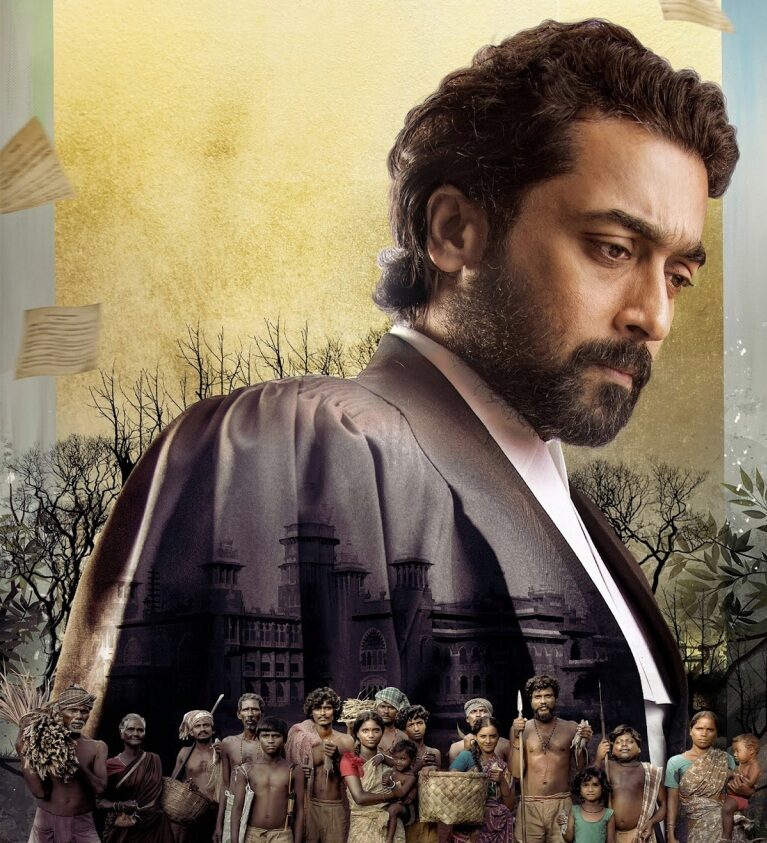
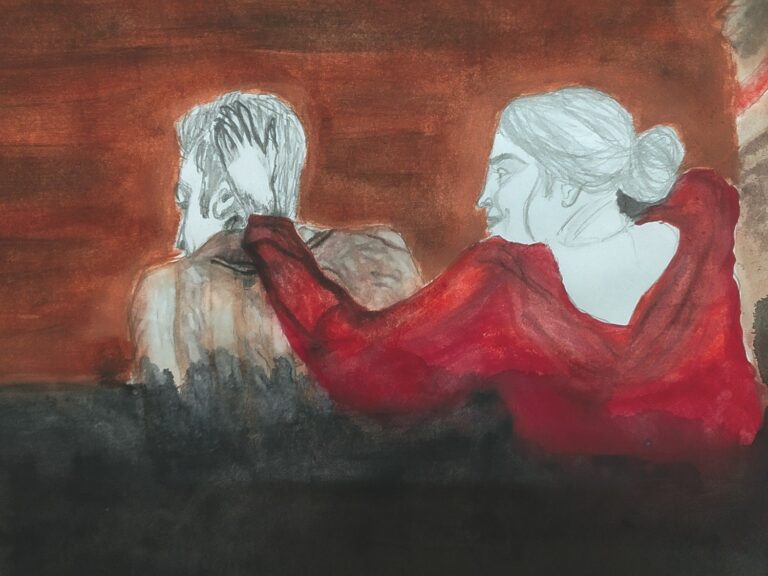
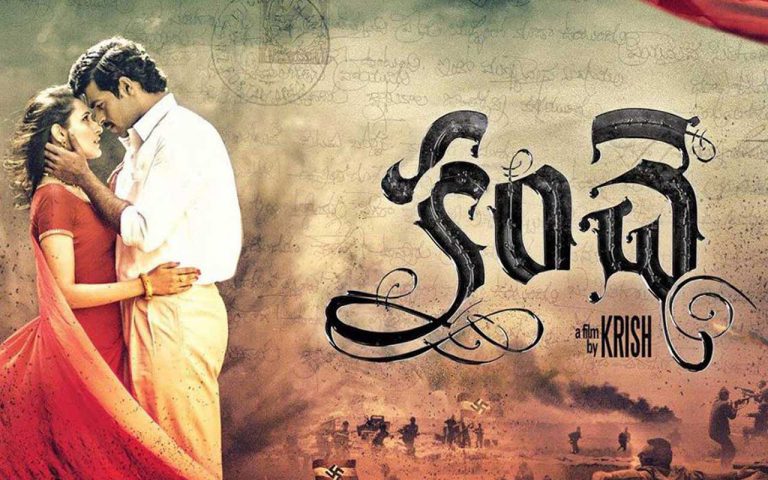
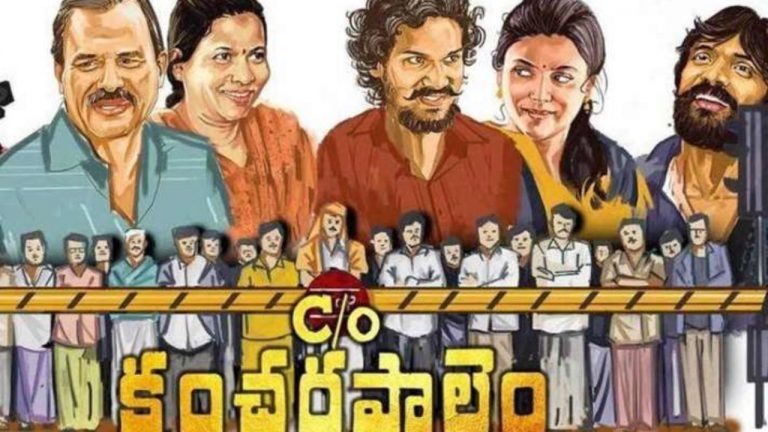
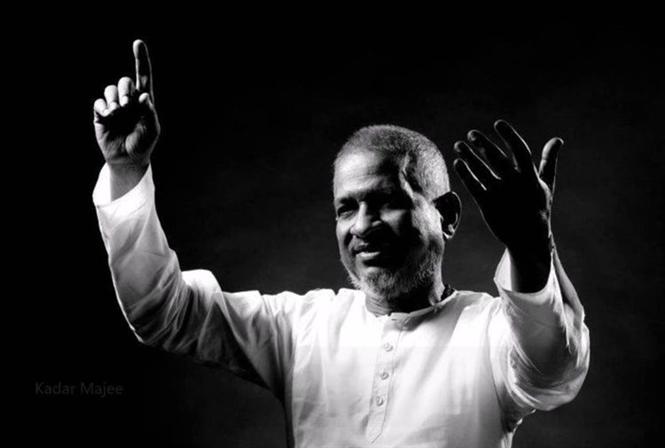
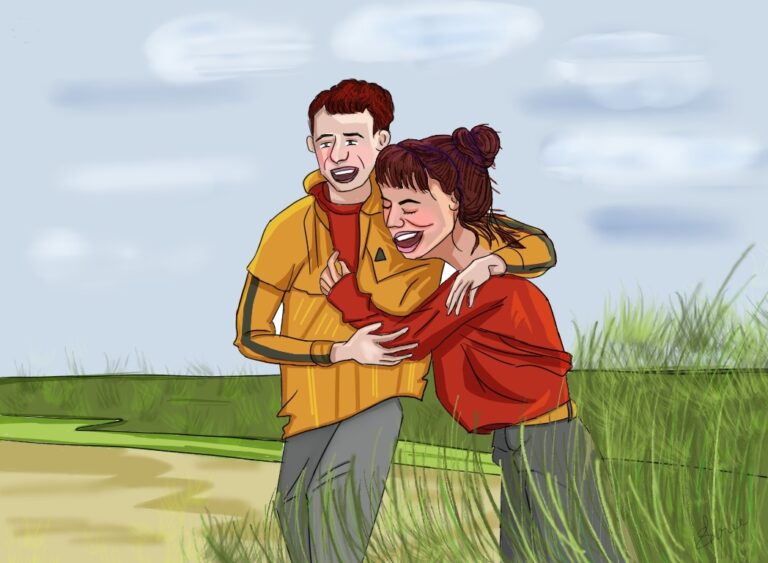
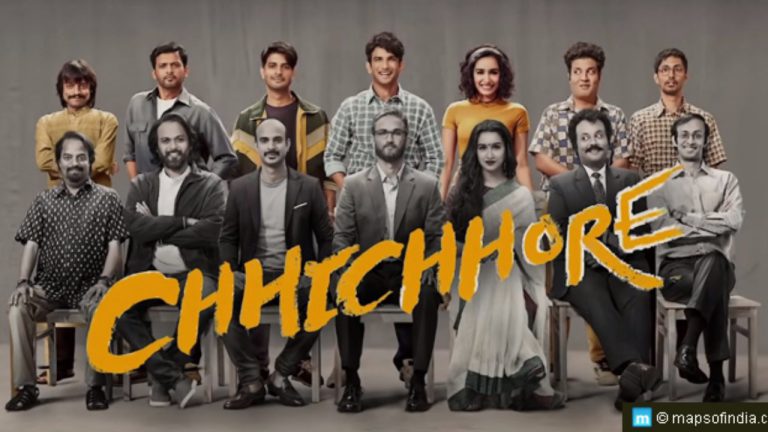
congrats
The matter of land given by the government was already discussed in very detail by several media outlets so far in this discourse. Don’t find this as the only source where you can get bunch of all details regarding this. Please update yourself with other news platforms who have already done that. Repeating the same data/ set of informations would deviate an effective reader of this piece. There is no need of detailing known facts which are unknown to you. I hope you may go beyond this article to find the “missed details” that you have raised.
Thank you
What happen to the land given by goverment ?? No ones say about that as eveeyone just wrote she rented a teribble place for her family.
.
In TN, public discourses on lock-up death began apparently after Fenix-Jayaraj case, though it was in practice for long time. Films like ‘Visaranai’ shrinks within the space of art film that haven’t initiated a discourse in the public forum. However, the reach and popularity of ‘JaiBhim’ under a commercial banner have spread the dialogs on police brutality to an unbelievably wider space of audience. The author through his keen observation, has rightly explored the facts connected with the events and presented the social evidence to the public domain, despite neglecting the personal threats and issues pertinent to this article. This is welcome sign for the public forums to shed light on certain sphere of socio-political discourse that’s been unnoticed hitherto.
A well established understanding about the issues pertinent to police brutality and how its narrated in the screens. Good work, keep going 👌🏻💐
For your kind information, what you have raised in the comments section is now resolved with the help of the editorial team. You can revisit the article again.
Thank you.
There is no any hidden agenda in this. It was not intentional to avoid the names of the cops who were included in the custodial death of Rajakannu. For your kind information, what you have raised in the comments section is now resolved with the help of the editorial team. You can revisit the article again.
Thank you.